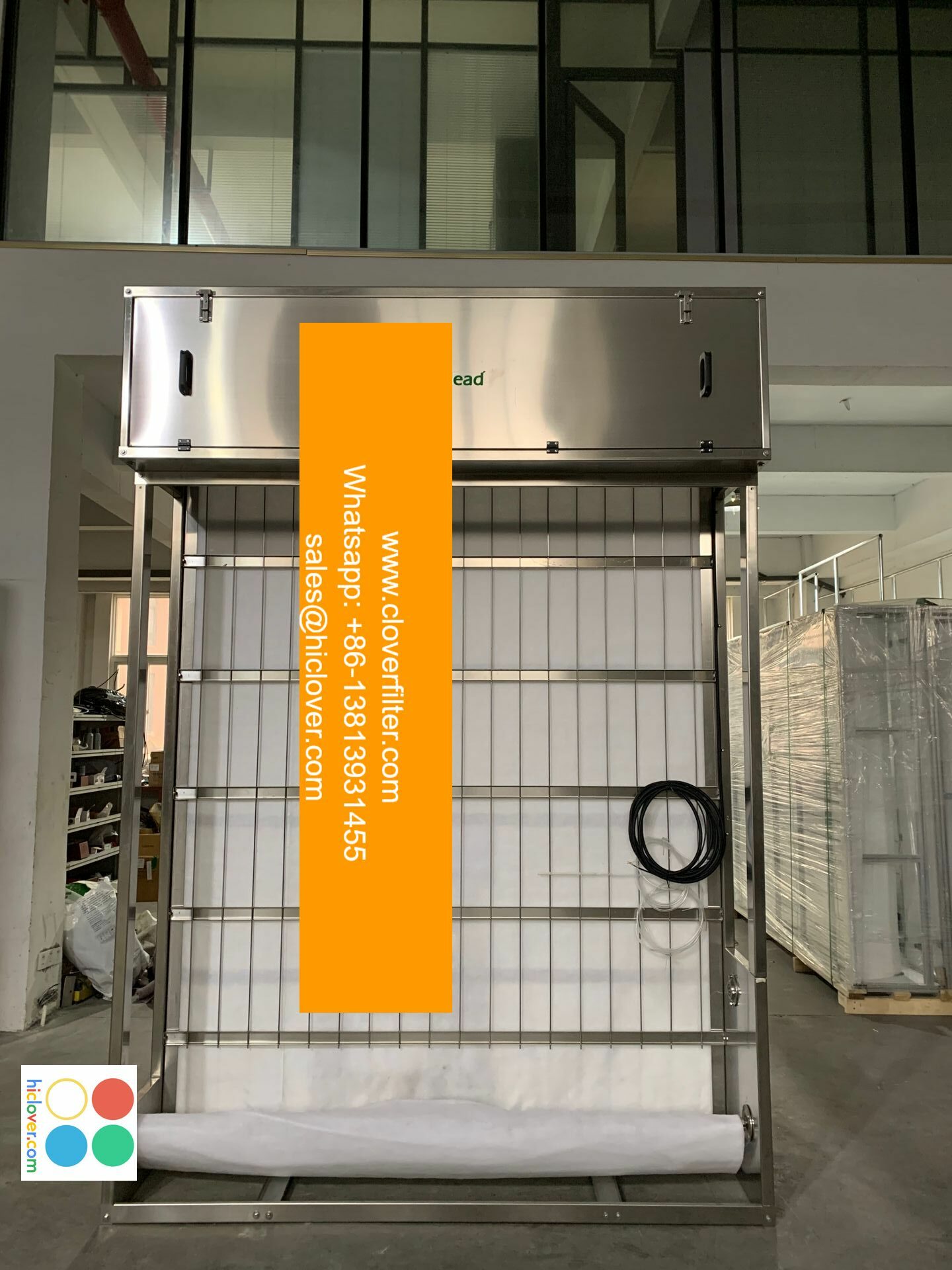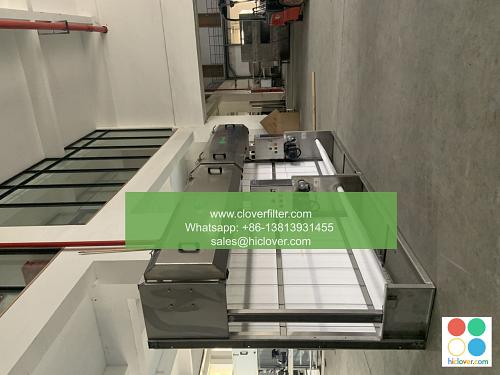Air Filter Groups: A Must-Have for People with Asthma

Air filter groups are an essential component in maintaining good indoor air quality, particularly for individuals suffering from asthma and other respiratory issues. These filters work by removing airborne pollutants, allergens, and irritants, thereby reducing the risk of asthma attacks and other respiratory problems. In this article, we will delve into the world of air filter groups, highlighting their importance, application areas, and benefits for people with asthma.
Understanding Air Filter Groups
Air filter groups refer to a collection of filters designed to capture various types of airborne particles, including dust, pollen, mold spores, pet dander, and smoke. These filters are typically classified into different groups based on their filtration efficiency, with the most common being the Minimum Efficiency Reporting Value (MERV) rating system. The MERV rating ranges from 1 to 20, with higher ratings indicating better filtration efficiency.
Application Areas of Air Filter Groups
Air filter groups have a wide range of applications, including:
* Residential HVAC systems: Air filter groups are commonly used in home heating, ventilation, and air conditioning (HVAC) systems to improve indoor air quality and reduce the risk of asthma attacks.
* Commercial buildings: Air filter groups are used in commercial buildings, such as offices, schools, and hospitals, to maintain good indoor air quality and prevent the spread of airborne diseases.
* Industrial settings: Air filter groups are used in industrial settings, such as factories and manufacturing facilities, to remove airborne pollutants and protect workers’ health.
* Transportation systems: Air filter groups are used in vehicles, such as cars, buses, and trains, to improve indoor air quality and reduce the risk of airborne diseases.
Benefits of Air Filter Groups for People with Asthma
Air filter groups offer several benefits for people with asthma, including:
* Reduced asthma symptoms: By removing airborne pollutants and allergens, air filter groups can help reduce asthma symptoms, such as wheezing, coughing, and shortness of breath.
* Improved indoor air quality: Air filter groups can improve indoor air quality by removing airborne particles, gases, and odors, creating a healthier environment for people with asthma.
* Prevention of asthma attacks: By removing triggers, such as dust, pollen, and mold spores, air filter groups can help prevent asthma attacks and reduce the need for medication.
* Relief from allergy symptoms: Air filter groups can also provide relief from allergy symptoms, such as sneezing, runny nose, and itchy eyes, by removing airborne allergens.
Types of Air Filter Groups
There are several types of air filter groups available, including:
* HEPA filters: High Efficiency Particulate Air (HEPA) filters are designed to capture 99.97% of particles as small as 0.3 microns, making them an excellent choice for people with asthma.
* Activated carbon filters: Activated carbon filters are designed to capture gases, odors, and chemicals, making them an excellent choice for people with asthma who are sensitive to strong smells.
* UV air purifiers: Ultraviolet (UV) air purifiers use UV light to kill bacteria, viruses, and other microorganisms, making them an excellent choice for people with asthma who are prone to respiratory infections.
Conclusion
In conclusion, air filter groups are a must-have for people with asthma, as they can help reduce asthma symptoms, improve indoor air quality, and prevent asthma attacks. With various application areas and types of air filter groups available, it’s essential to choose the right one for your specific needs. By understanding the importance of air filter groups and their benefits, you can take the first step towards creating a healthier and more comfortable living environment for yourself and your loved ones. You haven’t provided a question or topic for me to respond to. Please provide more context or ask a specific question, and I’ll do my best to assist you.

